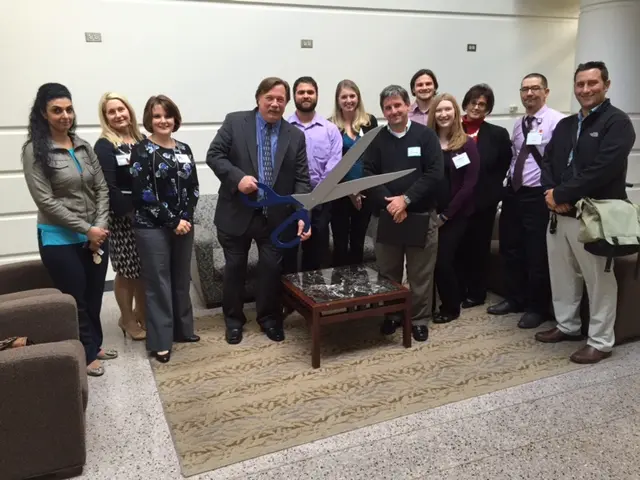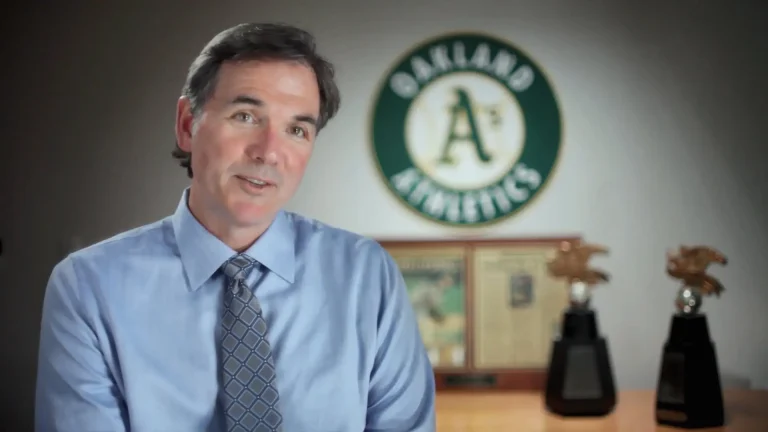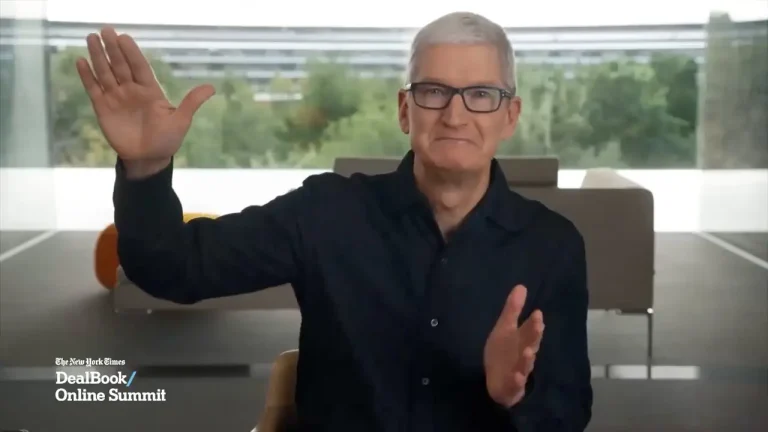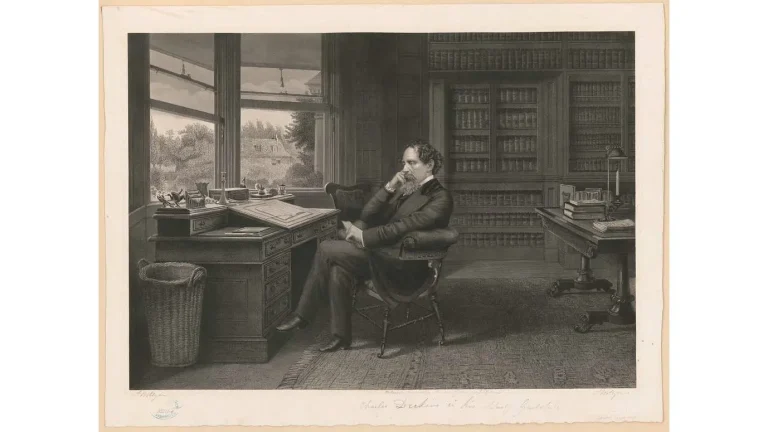4 Bad Habits Corporate Communicators Must Break
And how you can stop doing them and get around, ‘We’ve always done it this way’
Communicators have much to be thankful for this Thanksgiving. Lots of new tools and techniques. Growing respect from leaders. Wearing pajama bottoms on Zoom.
Still, there are a few irritating comms practices that just won’t go away. They are the bad habits we can’t seem to kick. Why do we still do them? You know the answer. All together now:
“Because we’ve always done it this way.”
In the spirit of the season, it’s time to gobble up all that gobbledygook and toss it in the trash. Here are my top four bad habits to get you started:
1. The press release lede. Why?
Reports of the death of the press release, to borrow shamelessly from Mark Twain, have been greatly exaggerated. Releases aren’t dead; they’re more like the undead: wandering the Earth, looking to suck the lifeblood from an ever-shrinking number of reporters.
Of all that’s wrong with the press release, it’s the first sentence that galls me the most. Here’s the formula:
Acme Industrial Corporation, the world’s leading solutions provider for something incomprehensible, is proud to announce nothing of great importance or news value.
As we like to say in Chicago, I’ve got your solution right here: Stop doing that. Instead:
- Write a release when you actually have news.
- And when you have news, write it like a journalist: less about you and more about the news.
- Eliminate that middle clause about your world-class, cutting edge, leading whatever. It’s probably not accurate anyway, and you can tell us later, at the bottom of the release where few venture.
- Forget about the release format altogether and write the story as it would appear in The Wall Street Journal. Post it on your newsroom site. Write even more enticing versions for your social feeds, tailoring each post to the channel and its audience.
- Boost your search engine optimization not by packing your name into everything, but by publishing something that people will actually read and share.

2. Crappy photos.
Everything about communication today is more visual. At least a visual will get readers to pause long enough to consider clicking on your headline or pressing play on your video. Unless, of course, the image is ridiculous. I am of course speaking of the Pantheon of Pathetic Photos, the Louvre of the Ludicrous:
- The Big Check
- The Giant Scissors
- The Groundbreaking: People lined up with shovels, most of them white and men.
- The “Execution at Dawn”: Another lineup of mostly white men who just can’t figure out where to put their hands.
I could go on. We all know them, and we’ve all been forced to use them. Here’s how to minimize the pain:
- Write and distribute photo submission guidelines that explain what kind of photos you’re looking for, with tips on the best way to take them, and what photos you won’t accept.
- Get creative. Forced to take a group shot? Get your subjects to move around. Take the photo from above or below. Groundbreaking? Turn the cliché on its head. Check out these examples of groundbreakings and large group shots on Pinterest.
- Focus on faces. People’s faces are interesting, even in a boring photo. Get close, show who they are.
- Think of a caption as a stand-alone story. Don’t just describe what we can plainly see. Tell us why it matters.
3. The history of western civilization, in an email.
In our writing classes, we’re always stressing the need for background and context. Readers need to understand why we’re telling them something, why we’re telling them now, and maybe even a little about how we got here.
But please, not at the top, and not in an email. I once taught a writing class with IT project managers. (You may cringe, but they were actually a great bunch to work with.) All of their emails buried the lede with excruciating details about the history of the project and endless minutia. Most concluded with something the intended recipient might have cared to know:
The project is six months behind schedule and $5 million over budget.
Here’s your fix:
- Organize your story with the knowledge that no one will actually get to the end.
- Get the important stuff up front. In an email, tell them what they need to know in the first two graphs. In the first graph would be even better.
- Tell them there’s more if they want it. Some stories start with a bulleted summary at the top to guide the reader. Use subheads and images for the same purpose.
4. Quotes that say nothing—and take so long to do it.
This should be the easiest and best part of our communications, but it continues to be the worst. What gives? The reasons are many, including this one: Important people feel compelled to sound important and instead wind up sounding pompous and convoluted. We can help them do better. Here’s how:
- No facts, just feelings. Get people to say how they feel about something and why it’s important, instead of spouting statistics and other facts.
- Less is more. Inside every crappy quote is a great quote yearning to breathe free. Pull it out and ditch (or paraphrase) the rest. Short quotes pack more punch and get remembered.
- Interview people. You get better quotes when you actually talk to the person you’re quoting. Why? Because when they give you the corporate gobbledygook, you can . . . wait for it . . . ask them again! Can’t do it face-to-face? Instead, do your interviews via Zoom or Teams or, crazy as this may seem, use that device you’re always looking at. It also works as a t-e-l-e-p-h-o-n-e.
Happy gobbling from RCG!
Jim Ylisela is the co-founder and senior partner of Ragan Consulting Group. He likes collecting crappy photos and ledes, but he loves helping writers avoid them as part of RCG’s Build Better Writers program.
Contact our client team to learn more about how we can help you with your communications. Follow RCG on LinkedIn and subscribe to our weekly newsletter here.







